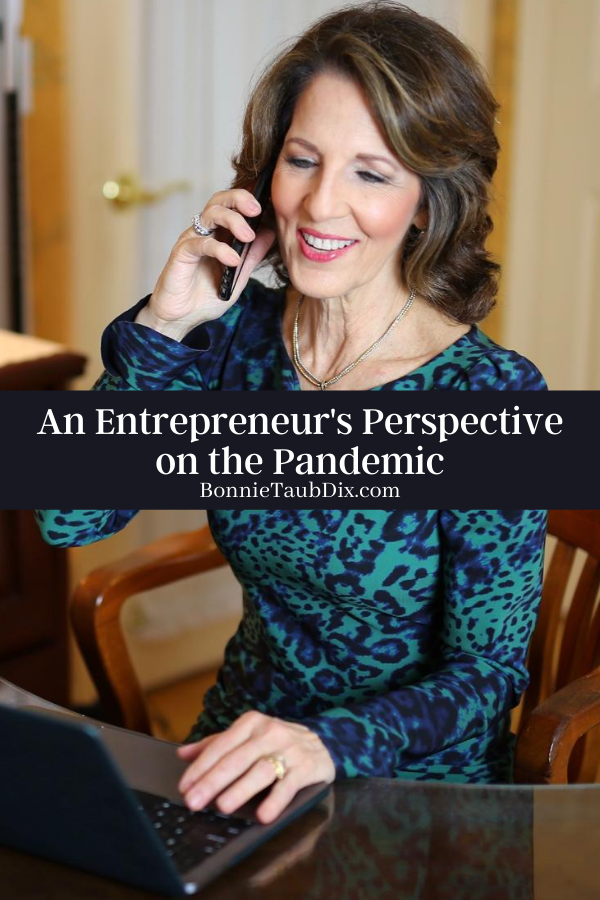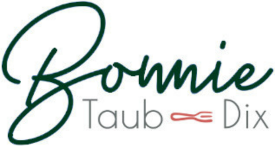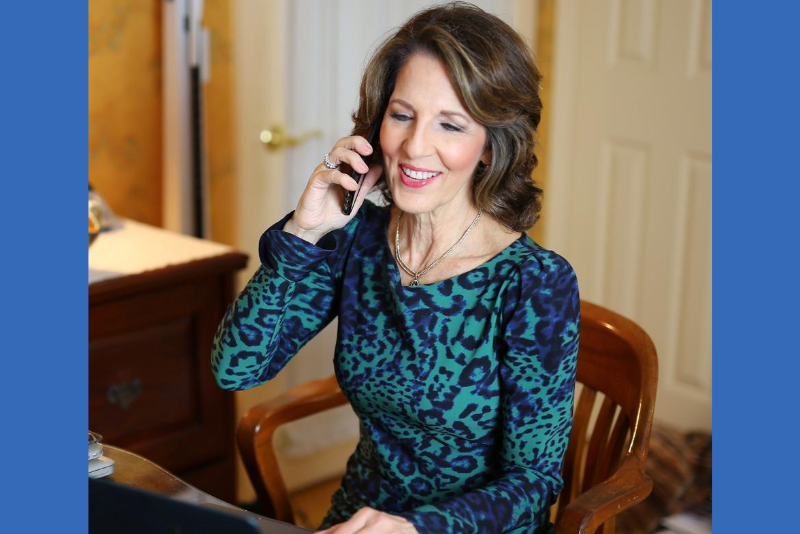Insights into working from home from someone who has been working from home for years! Plus, details on the many hats I wear in my day-to-day work life.
I enjoy working from home, so when we were told to shelter in place for an unknown period of time to prevent the spread of COVID-19, I was kind of excited. I thought about having more free time to get to all of those projects I’d been putting off, both for business and for fun. It was the perfect time to work on my newsletter for RDs, paint on the blank canvas I bought months ago, and maybe even read a book that wasn’t related to nutrition or business. But that’s not how things unfolded.
Although I’ve been working from home for more than 30 years, “working from home” now took on a whole new meaning. With family members sheltering in place along with me, I got distracted. Like so many of us, I was “procrasti-baking,” creating and testing new recipes for breads and muffins. I was also trying to cook while using fewer ingredients and making them last, and I was commiserating with others about their coping strategies, especially after listening to the White House’s press conferences.
As an entrepreneur, I had to think fast about the impact the pandemic might have on my business, particularly on the activities I had committed to that had to be canceled. I had to address my scope of work so I could maintain an income flow, connect with patients who needed my support, and solidify relationships with brands to continue our partnerships, albeit differently than before. What follows is a discussion on what’s worked and continues to work for me to keep my business going at a time when so much on my “to-do” lists become “don’ts.” I share my strategies in the hopes that some or all of them will work for you.

Private Patients
I had been seeing patients privately for many years in two offices: one in Manhattan and the other on Long Island. Most of the patients I counsel in my practice are more like family to me because I’ve known them—and in some cases their families—for 15 to 20 years. Since New York City was hit hard by COVID-19, I stopped going to my Manhattan office in early March, pre-quarantine.
But amid the ensuing weeks of sheltering in place, my patients needed different types of strategies than they did under normal circumstances—especially my city people. They were used to dining out every night and never cooking at home. My usual tips on eating healthfully in restaurants changed into pointers for safely ordering in or preparing simple meals at home.
Despite popular headlines and social media memes about the dreaded COVID-19 weight gain, I discovered my clients were losing weight since they weren’t dining at restaurants, where they served warm bread and butter or calorie-dense treats on dessert carts after their big meals. I also learned that some people, especially early on, reduced their portion sizes to conserve food so they didn’t have to shop as often.
However, what has changed most dramatically is the way I connect with my clients. Face-to-face counseling has been replaced with support and hand-holding through phone calls, Skype, Zoom, e-mails, texts, and FaceTime conversations. We had to rely on new ways to communicate to stay in touch on a consistent basis.
When counseling new patients, it’s now become more challenging to assess their needs since they’re not in front of me, where I can look into their eyes and observe their body language. However, as counselors, no matter how or where we work with people, it’s our job to read into the words they may—or may not—say.
Working With Brands
Being in private practice, however, doesn’t just mean counseling patients. One-to-one consultations used to comprise the majority of my work, Now, about 80% of my activities entail advising and partnering with brands—and that, too, has required modifications. In the past few months, I was scheduled to have desk-side media meetings with magazine editors in Alabama and in New York City, host a press event, and present at Today’s Dietitian’s symposium—all of which had to be transformed into a Radio Media Tour, online media placements, social media campaigns, and virtual events. I’m scheduled to speak at FNCE® this year, which also has gone virtual.
Clearly, we’ve shifted from socializing to social distancing, but it’s been challenging to develop alternative activities that have the same impact as face-to-face interactions. I will say though, that my love for radio and podcast interviews recently has been rekindled.
Media Training
My private practice also includes media training for RDs to help them get their names in the news, coach them about how to work with brands, start their own private practices, or boost their businesses without them having to quit their day jobs. Taking these steps were especially important during this pandemic when their day jobs may have been put on hold.
In all these years I’ve been in business, there’s nothing more rewarding for me than working with RDs, where I get the chance to bring my past experiences to the table to help them carve a new path for themselves—whether it’s transitioning to their dream jobs, making more money, or having more personal time. This is all while they’re perhaps homeschooling their kids, cooking more meals, doing laundry, and finding their own way of of coping with COVID-19.
Newsletter
And last, but not least, I probably spend most of my time doing media interviews, writing stories, and posting to social media. Every week for the past nine years, I’ve sent out my Better Than Dieting newsletter that includes my interviews of the week and stories I’ve written. But even that has changed. I now feel the need to be a little more personal, and more people are commenting and clicking through to the stories.
So, if you’ve always wanted to start e-mail marketing, this could be a great time to begin. And if you want to reach out and pitch to media to grab that interview or write your own stories, my newsletter can show you what journalists are looking for. You can sign up at https://bonnietaubdix.com/btdmedia.


